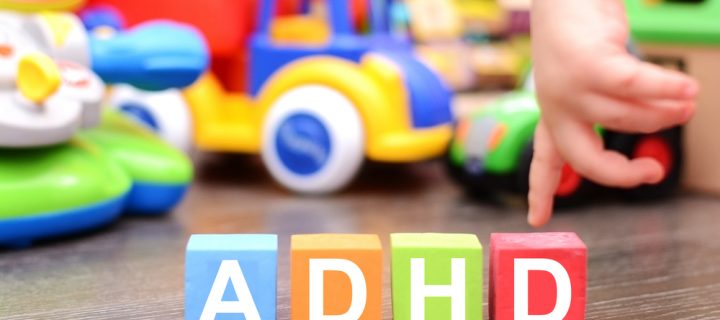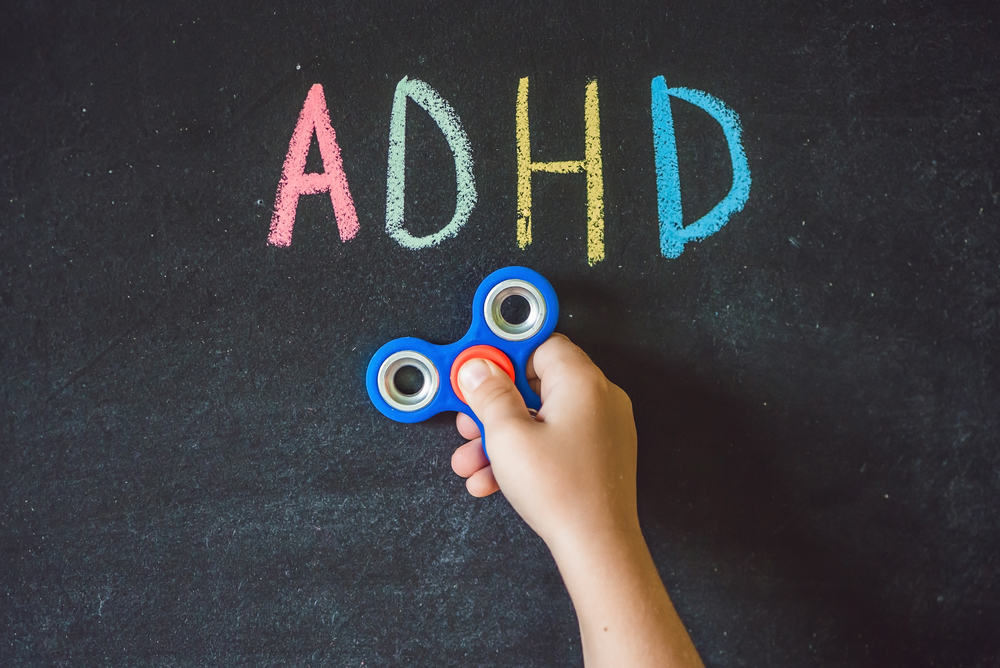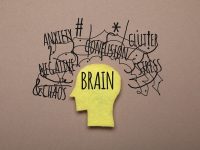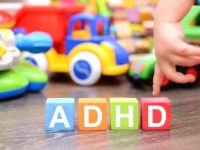ADHD is a complex disorder and the more it’s understood, the easier it is to deal with.
Attention deficit hyperactivity disorder (ADHD) affects millions of Americans. It’s battled by adults and children alike, and The American Psychiatric Association (APA) estimates that about 5 percent of American children have it.
Others, like The Centers for Disease Control and Prevention (CDC) place the count higher. They estimate it at more than double this number.
ADHD is neurodevelopmental and makes it hard for individuals to focus, and difficult to pay attention in school and as a result, can make it hard to get things done. Here are 4 things you may not have known about it:
1) Younger Children in the Class Are Diagnosed More Often
A study done by researchers at the University of Nottingham found there’s a bias in who gets diagnosed with ADHD. In primary school, the younger children in any given class are more likely to be labeled as suffering from it, when compared with older children within the same school year.
What does this mean? Not in all cases, but in some parents and educators could be off-target. Adults could be setting expectations for children that are simply not developmentally appropriate for the child.
The individual may be more immature than their peers because, well, they’re that much younger.
2) It’s a Collection of Different Disorders
ADHD isn’t a one-size-fits-all diagnosis. According to this study, adolescents with the label actually display characteristics that fall into three sub-groups. Each group displays distinct brain impairments, and furthermore, there are no common abnormalities between groups.
3) If You Have it, Your Tweets Likely Contain Certain Words
Suffering from ADHD can be an uphill battle and Twitter is proof of this. It’s been found that people with the disorder tend to put out tweets that use words like ‘hate and ‘disappointed’ more often than others as an outlet.
Consequently, their messages often detail their struggle with a lack of focus and self-regulation. They express the writer’s feelings of mental, physical and emotional exhaustion, researchers say.
Mood swings related to problems with self-regulation are common. Studies show that if experts are sympathetic to this when treating patients with ADHD, they can offer more help.
4) It Causes People to Move
It can feel hopeless: your kid is bouncing all over the room and tapping her pencil non-stop on the table when it comes time to do homework. But while watching TV, she’s still as a rock.
Why? It’s not entirely intentional on her part. If she suffers from ADHD, the extra movement probably comes about when she’s trying to get her brain to do something more difficult.
Accessing the brain’s executive functions and working memory is commonly required for doing schoolwork and requires alertness. Consequently, moving around helps those with ADHD maintain the focus they need to get that pathway in their brain to work.
The take-away? Experts say let them squirm to learn.
Photo credits: Eviart/Shutterstock.com; Elizaveta Galitckaia/Shutterstock.com











